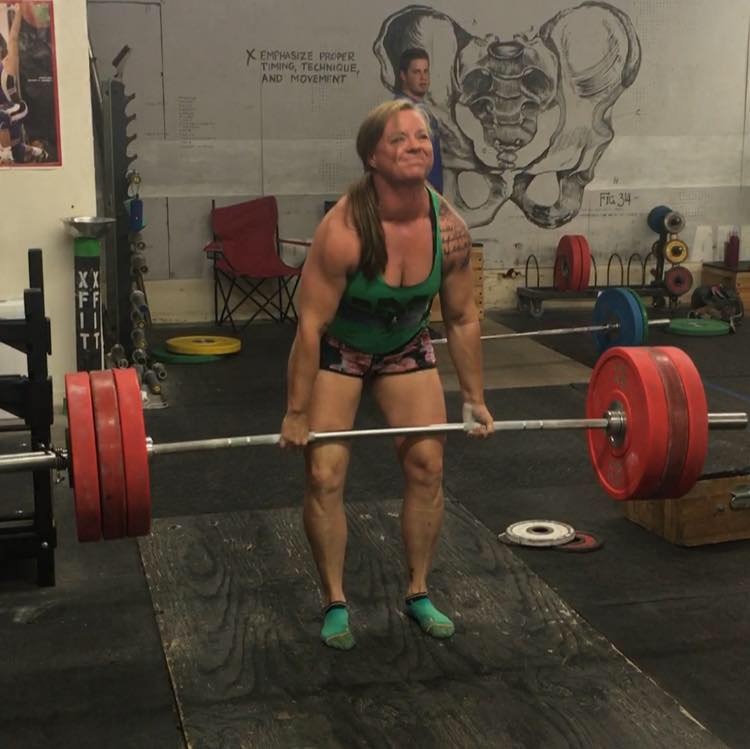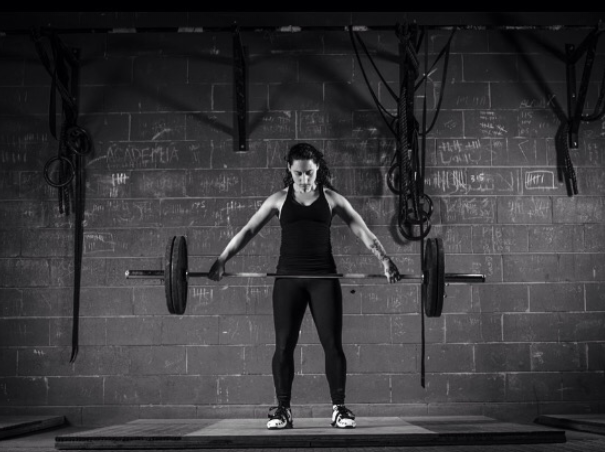In my recent podcast interview with Travis Mash he often brought up the topic of patellar tendinitis in one of his weightlifting clients. Tendinopathies (aka tendinitis or tendinosis), in and around the patella (kneecap) and other regions of the body (i.e. Achilles tendon, rotator cuff, elbows), are major issues that plague a lot of athletes. Patellar Tendinopathy and Patellofemoral Pain are the two most common non-contact sports related knee conditions that I see in my own practice.
Listen to “207 – Physiotherapist Eric Bowman” on Spreaker.https://widget.spreaker.com/widgets.js
It’s beyond the scope of this article, and beyond the scope of a strength coach or athlete, to make rehab recommendations for a condition without a thorough assessment especially given the amount of people who “self-diagnose” or get a token diagnosis based on a shoddy exam. That said – given the number of athletes; particularly young athletes in strength, speed and power sports; who have patellar tendinopathy it is a topic worth discussing – hence the purpose of this article.
What Is Patellar Tendinopathy?
Patellar Tendinopathy is when the patellar tendon, the structure that connects the kneecap to the tibia (large shin bone); is irritated, inflamed (although the role of inflammation is debated), and painful.
Who Gets It?
Athletes who are susceptible to Patellar Tendinopathy are primarily those in jumping sports such as basketball or volleyball with prevalences ranging from 7 to 45% of athletes in those sports – hence its popular alternate name of “Jumper’s Knee.” Just under 5% of runners will develop the condition as well.
I’ve also seen it (more anecdotally) prevalent in strength athletes due to the high repetitions and training loads involved in snatch, squat and clean & jerk training.
What Are The Risk Factors?
Some of the common risk factors for Patellar Tendinopathy in volleyball players include:
- Training on concrete courts compared to training on wood surfaces
- Higher training volume
- Greater match exposure (i.e. more time playing)
- Higher force during takeoff when jumping
- Higher knee flexion, decreased hip motion and shorter landing time when jumping
- Higher bodyweight
- Greater jumping ability
- More frequent training sessions per week
Risk factors for Patellar Tendinopathy across athletic populations include
- Early sports specialization: four times higher risk in single-sport athletes when compared to multi-sport athletes
- Decreased quadricep & hamstring flexibility
- Leg length discrepancy (i.e. one leg is considerably longer than the other)
In my experience I see Patellar Tendinopathy in younger athletes who, quite often, have no base of strength and/or increase their training and sport volume WAYYY too much from what they have been doing in the past.
Some research suggests that changes in the patellar tendon, diagnosed via ultrasound, can predict future Patellar Tendinopathy. However – these changes can be seen in pain free individuals and may not change through the rehab process even as the client’s pain goes away.
What Do I Do If One Of My Athletes Has This?
Diagnosing & treating injuries and doing manual therapy are outside of the scope of most strength coaches … as such you need to find a good PT or Chiro who understands the condition and these populations.
That said – its important for an athlete to keep physically active while recovering from an injury to prevent loss of fitness. If there are movements that the athlete can do pain free then that is great. I’m well aware that some of the popular Patellar Tendinopathy rehab protocols, including some of the ones that I use with my own clients, involve working into some level of pain … but again that’s beyond the scope of a strength coach.
[thrive_leads id=’9063′]
Side note: in certain situations (i.e. preparing for a national or internal level competition) I understand there are some cases where it may be worth pushing through pain to compete – but that decision has to be made on a case by case basis to determine if “the juice is worth the squeeze” (to quote Brian Carroll).
Some of my favourite fitness exercises to help clients maintain (or improve) fitness while recovering from Patellar Tendinopathy follow two main themes
- Minimal knee flexion/hip dominance
- Low eccentric load
With that said – below are lists of strength, power & conditioning exercises I’ve had good luck with. Before anyone asks – if there’s an exercise you can do that’s not on the list but is pain free have at it. And if an exercise on this list is giving you pain don’t do it unless it’s highly necessary for you to achieve a MAJOR goal that justifies the risk involved.
Strength exercises:
- High Box Squats
- Sumo Squats
- Wide Stance Leg Presses
- Hip Hinge Movements (I.e. Good Mornings, Kettlebell Swings, Pullthroughs, Double & Single Leg Romanian Deadlifts, Sumo Deadlift, Trap Bar Deadlift)

Power exercises:
- Underhand Medicine Ball Scoop Tosses (provided you have a high enough ceiling that you’re not concerned about hitting)
- Dynamic Effort High Box Squats
- For weightlifters: Clean & Snatch Pulls and Jump Shrugs (preferably from a hang position)
- Band Resisted Broad Jump: To do this hook one end of a heavy band around the waist of your client, attach the other end to an immovable object (i.e. leg press machine, squat rack), have the client step ahead far enough to take the slack out of the band, then have them broad jump into the band.
Conditioning exercises:
- Stationary bike (for HIIT, tempos, or steady state)
- Battle Ropes
- Sled Drags (forward or backwards)
[thrive_leads id=’8207′]
Over time, assuming the athlete gets proper rehab, the goal is to progress to regular weight training & power movements.
Patellar Tendinopathy is a big issue in jumping sports and in strength sports – but networking with a good rehab professional and providing a good strength training program & proper progression of training volume can certainly help to effectively manage the condition and minimize the chances of your athletes developing it in the future. As always – thanks for reading.
About The Author
Eric graduated with a B.Sc. in Honours Kinesiology from the University of Waterloo in 2013 where he studied under world famous back expert Stuart McGill and was a Research Apprentice in the Spine Biomechanics laboratory. During his time at the University he worked at the Waterloo Regional Cardiac Rehabilitation Foundation.
After completing his B.Sc. he researched exercise and osteoporosis under Lora Giangregorio at the UW Bone Health lab before completing his Masters of Physical Therapy at Western University in 2015. Eric’s areas of interest are musculoskeletal rehabilitation, strength training, and exercise for special populations.
Outside of his clinical work Eric also contributes to course development in the Kinesiology program at the University of Waterloo and has contributed to course development and review in the Western University Physiotherapy program. Eric also competes in powerlifting and became Canadian Powerlifting Union Coaching Workshop Certified in 2018. Eric can be reached via email at bigericbowman@gmail.com or on Facebook, Twitter, or Instagram.

